Its pristine beaches and sugary, white sand gave it worldwide recognition as one of the world’s best tourist destinations, but today the island of Boracay would make it less desirable to visitors as it suffers from severe sewerage problems and massive overcrowding.
The misfortunes of this island led President Rodrigo Duterte himself to label it a, “cesspool”, and says the once world-class waters now “smells of shit”. Boracay’s current state is a far-cry from what it once used to be, having been named as the “world’s best island” in 2012, by an international travel magazine and having one of its beaches ranked second among Asia’s best beaches by the global travel rating website, TripAdvisor.
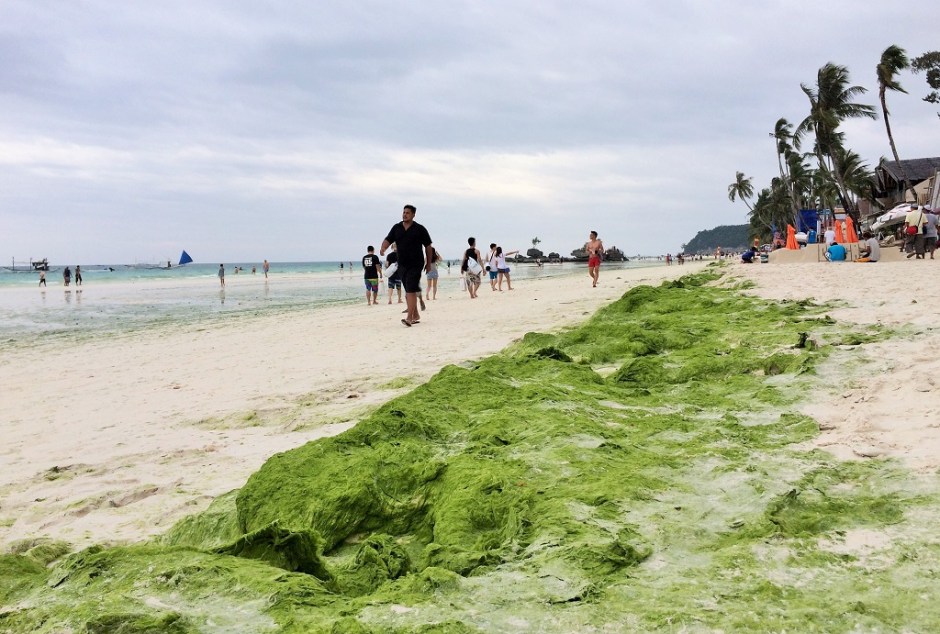
The tourist island’s woes stemmed from business establishments located there blatantly violating environmental regulations, with many having sewerage that does not comply with the Philippine Clean Water Act. For years, Boracay’s beaches have been pestered by the unpleasant sight of green algae which is natural but is also caused by a man-made occurrence.
The Department of Environment and Natural Resources (DENR) stated in the past that the green algae bloom is fed by the phosphates and nitrates which leak from the sewerage of households and establishments in the island. The department securing the Philippines’ natural attractions also stated that the island’s once pristine beaches are now contaminated with coliform, a bacteria found in human and animal wastes, which were brought on by untreated wastewater released into the sea by the same culprits.
Not only is the thought of having remnants of human and animal feces repulsive, but swimming in contaminated waters can cause illness for travelers also – making this problem potentially hazardous.
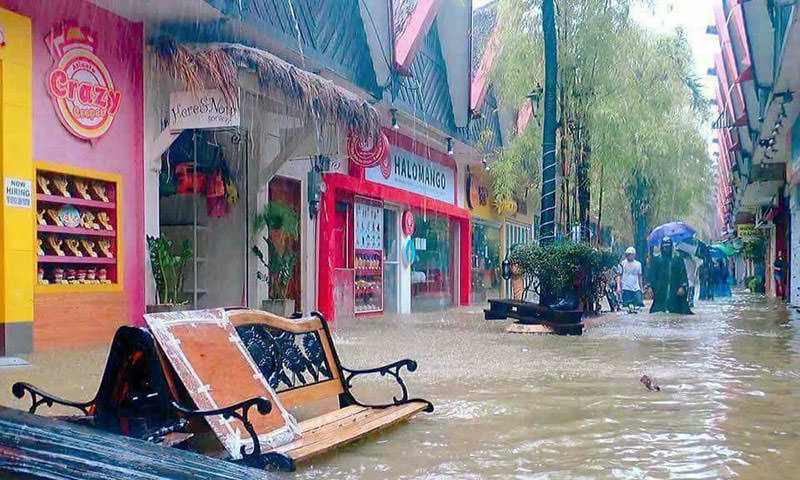
Even before the environmental problems started to worsen sometime in 2010, the island was already garnering some negative reviews from tourists for being “overcrowded and polluted”. A popular travel blogger, Anna Lysakowska, wrote a disparaging review of Boracay in 2015, hitting out at the overcrowding caused by mainstream business establishments such as Pizza Hut and Starbucks.
She branded Boracay as, “the worst island [she’s] ever been to”, and asked how “can you enjoy the beauty of its beaches when you’re surrounded by the likes of Pizza Hut, Starbucks and other random restaurants right in front of the beach?!” Indeed, this has become a common mistake by Filipino tourism developers who try to replicate the sights seen in the Western world to showcase to Western tourists.
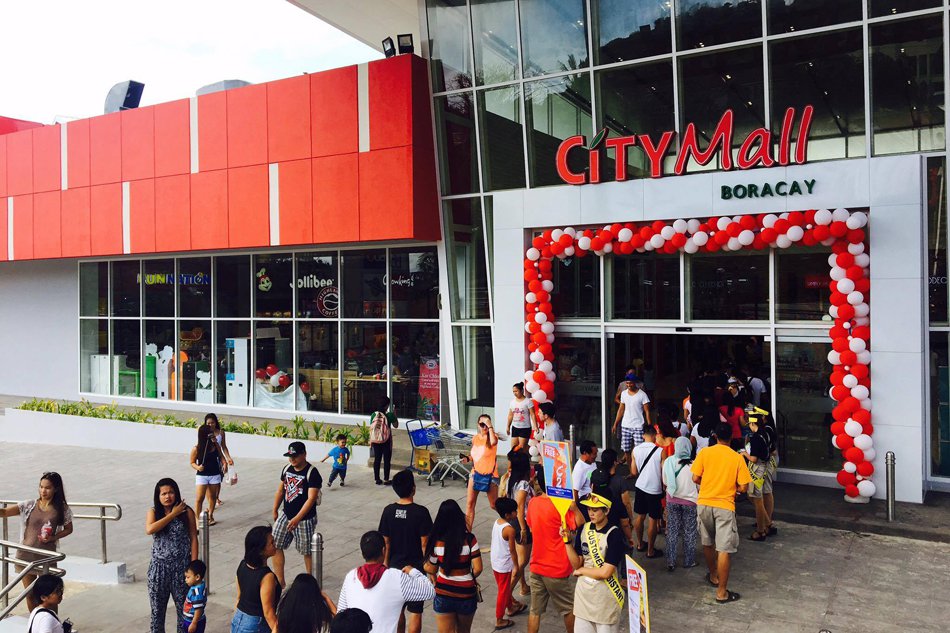
Why would the Western tourists want to see the same sights they have in their own countries? The point of travelling is to experience something new, which is why when these Western tourists – like Anna – travel to the Philippines, they expect to have an entirely new experience from their own home countries.
This obsessive drive to make the Philippines look like the West has instead led to the destruction of our own natural beauty, the excessive construction of business establishments in Boracay led to the disappearance of its green spaces and made it into the environmental catastrophe it is today.
This year, President Duterte announced that he will order the island’s closure for six to twelve months in order to tackle its environmental problems. According to him, he wants to rehabilitate the island in order to restore its reputation as a world-class tourist destination.
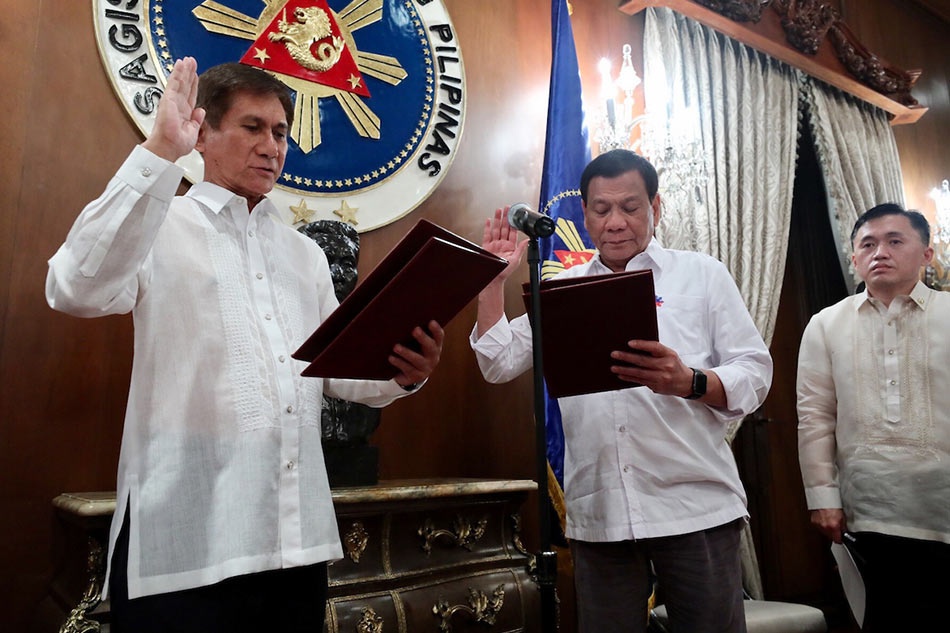
The planned closure attracted criticism, particularly from workers and owners of the numerous commercial establishments in Boracay island, citing loss of revenue. It is estimated that a nine-month shutdown will result in the loss of Php56 billion in tourism revenues, roughly 20% of the Philippines’ entire tourism revenue, and will also affect 36,000 jobs directly.
Those numbers do not include the potential flow-on effect on other ventures that do business with Boracay’s commercial establishments. A separate study also reported that the closure would result in P6.7 billion of tax revenue losses for the government.
Despite this, Duterte remained defiant in his prior decision to shutdown the island. His environmental chief, DENR Sec. Roy Cimatu, chose to be optimistic that the island can be saved rather than closed.
While Boracay certainly needs time to heal itself, it is questionable if a wholesale shutdown of the entire island for an entire year is necessary. The island is made up of several “stations”, or geographical divisions, a phase-by-phase closure to allow for construction might be a less disruptive option for the government.
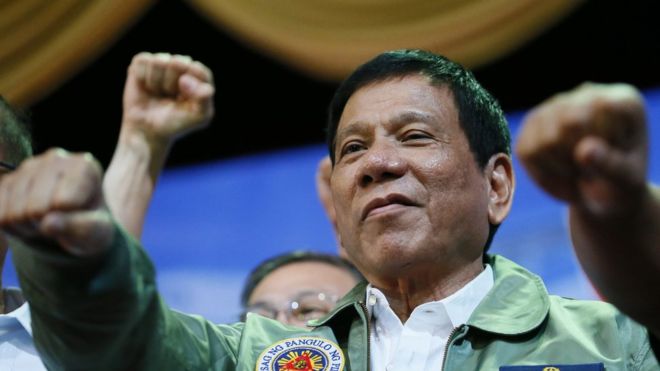
It should also be noted that a US$500 million “megacasino” is planned to be built on the island as well, which will start construction amid the island’s shutdown. This brings up an obvious contradiction, if overdevelopment of the island is an issue why was such a massive structure allowed to be built anew?
The proposed project was admitted to be “contradictory” by Duterte’s own environmental chief himself, and the secretary of the Interior and Local Government – Sec. Eduardo Año – publicly declared his opposition to its construction. The latter’s own assistant secretary in the DILG, Epimaco Densing III, pleaded to the President in a televised interview not to allow the megacasino project to push through.
The disunity among the statements of these government officials indicate a lack of coordination and agreement as to what to do exactly in Boracay, which ironically is what led to the current environmental degradation of the island in the first place.
From the start, developers wanted to revamp the tourist island into a modern tourist getaway but the government was marketing it as a tranquil destination. Previous administrations also have to answer why they allowed such an overcrowding and an overdevelopment of the island to begin with, and why vital environmental laws – such as the Philippine Clean Water Act which mandates proper sewage disposal – were not properly enforced.
